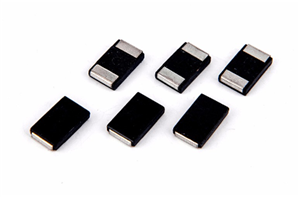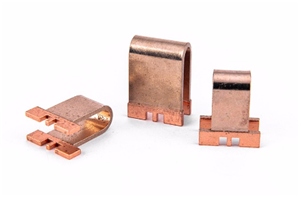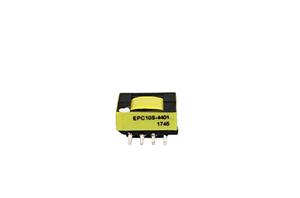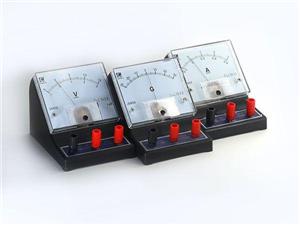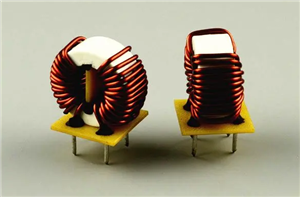Comparing Precision Shunt Resistors with Other Current Measurement Techniques: Comparing precision shunt resistors with alternative current measurement techniques, such as Hall effect sensors and current transformers, discussing the advantages and limitations of each method.
Future Trends in Precision Shunt Resistors: Exploring emerging trends and advancements in precision shunt resistors, such as the miniaturization of components, the integration of temperature compensation techniques, and the development of higher power handling capabilities.
250 uΩ meter shunt
In the power measurement field, the meter shunt is one of the most commonly used applications for the 250 uΩ fuse resistor. In this case, the fuse resistor is placed in the circuit so that the fuse lead of the current divider can be directly connected to the circuit, making it easy for the current divider to read the current data in the circuit. In addition, in some cases where high-precision current measurement is required, the fuse resistor can also be used to protect fragile ammeters by isolating the high-voltage part from the low-voltage part, thereby reducing the noise and interference in the circuit.
Quality control is an important part of our packaging and shipping process. We carefully check each shunt product before packaging to ensure that it meets our strict quality standards. During shipping, we track each shipment and provide regular updates to our customers regarding the status and expected delivery date.
How shunts are produced
Shunts are typically made from materials with low resistance, high conductivity, and good stability over time. The most common material used for shunts is manganese-copper (MnCu) alloy, but other materials such as nickel-chromium (NiCr) and copper-nickel (CuNi) alloys are also used depending on the requirements of the application.
Will Musk's rockets use smd resistors?
SMD resistor, from now on, it will be a variety of electronic equipment indispensable element. With the continuous development of technology, the future application scenarios of SMD resistor will be expanded. We can see applications in smartphones, computers, smart homes, cars, medical devices and more.
A measurement method for parallel resistance of solar cells 1. The larger the series resistance is, the more the short circuit current drops, and the more the filling factor will accordingly; The smaller the shunt resistance, the greater the current, the more the open circuit voltage drops, and the more the fill factor drops.
Motor test measurements usually require ammeters to be equipped with multiple shunt units to solve the problem of ensuring the desired measurement accuracy over a larger measurement range. At this point, the rated voltage drop of all shunt used must match that of the ammeter (e.g. 75 mV).
common mode choke
Common-mode choke: In the common filter, usually only one common-mode choke is installed, and the leakage inductance of the common mode choke is used to generate an appropriate amount of differential mode inductance,
Surface temperature of shunt resistor
What is a shunt resistor? A shunt resistor is a resistor with a small resistance value for measuring DC current. It is made according to the principle of a voltage drop across the resistor when the DC current passes through the resistor, and converts the current signal into a voltage signal for DC current detection.

